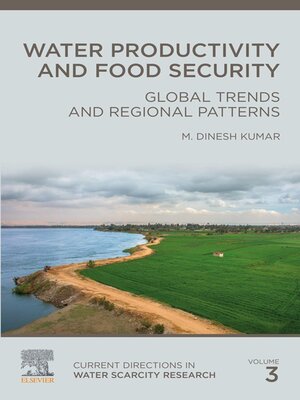Water Productivity and Food Security
ebook ∣ Global Trends and Regional Patterns · Current Directions in Water Scarcity Research
By M. Dinesh Kumar

Sign up to save your library
With an OverDrive account, you can save your favorite libraries for at-a-glance information about availability. Find out more about OverDrive accounts.
Find this title in Libby, the library reading app by OverDrive.



Search for a digital library with this title
Title found at these libraries:
| Library Name | Distance |
|---|---|
| Loading... |
Water Productivity and Food Security: Global Trends and Regional Patterns, Volume Three reviews the need for water productivity improvements in agriculture, addressing three distinct questions pertaining to agricultural water productivity improvement in developing countries, including what are the regions where water is a limiting factor for raising agricultural outputs and water productivity improvements, what are the technological measures in irrigation that can raise agricultural water productivity and result in water saving at various scales, and what opportunities exist in the developing economies of South Asia and Africa for raising water productivity and improving water economy at basin scale.
This book provides a framework to characterize river basins based on water availability, water supplies, water uses and water demands to ascertain the need and measures available for improving crop water productivity that would be effective at various scales, i.e., plant-level, plot-level, irrigation system level and basin level. This is an essential reference for anyone interested in water management and agriculture. - Presents clear explanations of the physical and technical measures that can be adopted to improve productivity of water in agricultural production under different basin conditions
- Offers physical strategies for improving water productivity in agriculture in different agroecological regions, along with the institutional and policy measures that affect them
- Includes methodologies for assessing the food security challenges of individual nations using empirical analysis and global datasets







